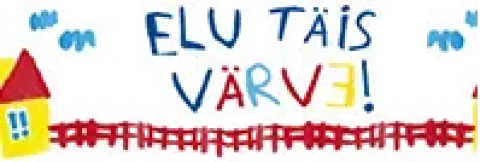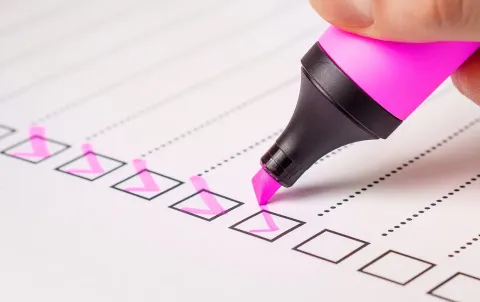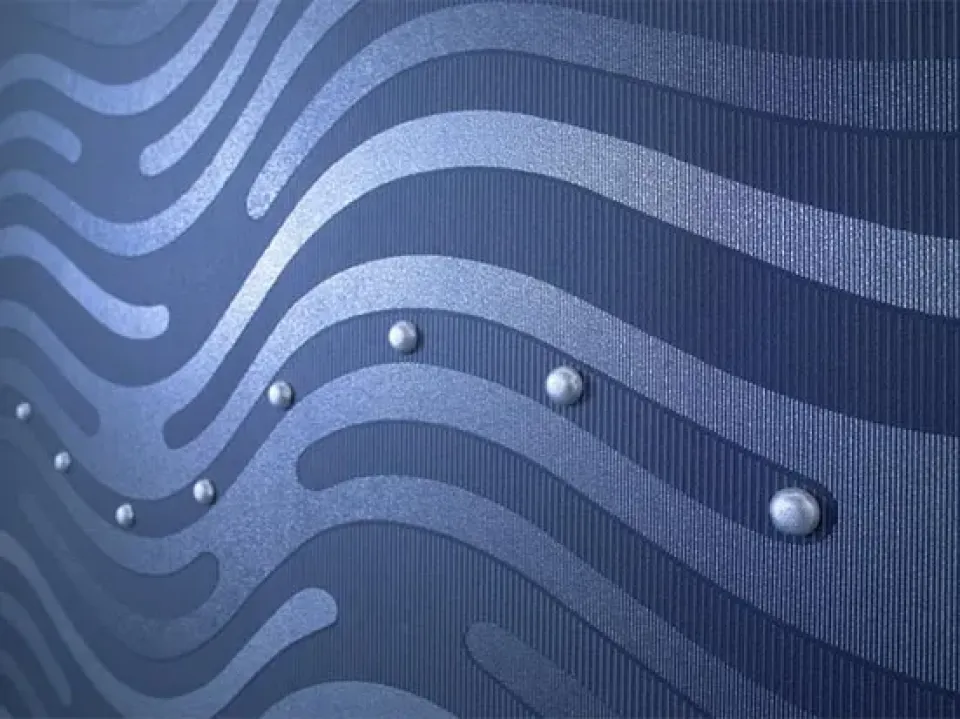
Glass wallpaper. We glue and paint ourselves
Today, the range of wallpapers is so large that many buyers often find themselves in a dilemma when choosing a wall covering. Paper, non-woven, vinyl, silk-screen printing - all these are types of wallpaper that are familiar to many. But not everyone has heard of glass wallpaper, because they appeared on the consumer market relatively recently. What are these wallpapers, what are their advantages and disadvantages, can they be glued on their own? These questions are asked by everyone who has chosen this type of coating.
What material is glass wallpaper made of?
In terms of their structure, they are similar to fiberglass fabric. Under the influence of high temperature (1200 degrees), special glass is stretched into the thinnest threads, from which fiberglass wallpapers of various weaves are then produced. The composition of fiberglass includes only materials of natural origin, so this type of wall covering meets all the necessary safety standards.
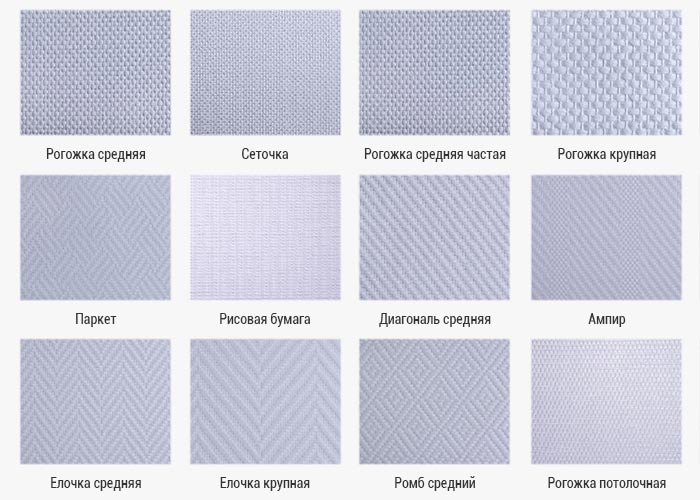
Advantages of glass wallpaper:
- - strength and wear resistance;
- - naturalness and safety;
- - fire resistance and waterproofness;
- - the ability to repaint several times.
There is nothing complicated in decorating walls with glass wallpaper, so the process of gluing and subsequent painting can be done independently.
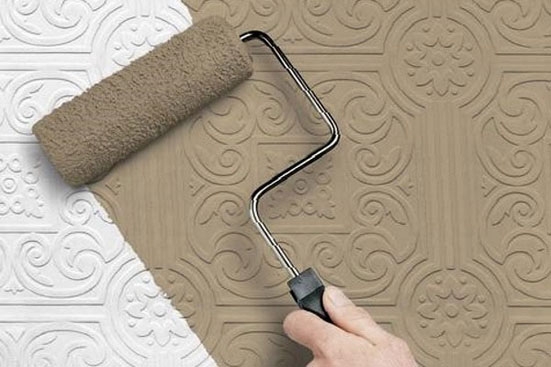
Of course, there are several nuances that distinguish working with fiberglass.
First, it is necessary to take into account that fiberglass can crumble during cutting and, getting on the skin, cause itching and irritation. Therefore, it is necessary to work in clothes that protect the body as much as possible, and, if possible, in gloves. Secondly, fiberglass wallpaper has a structure that quickly dulls the blade of a painting knife. Therefore, it is necessary to stock up on a sufficient number of replaceable blades. Thirdly, you can glue such wallpaper only on special glue that is designed specifically for fiberglass wallpaper.
Surface preparation
Glass wallpaper can be considered a universal wall covering, because you can glue them on almost any surface, the main thing is that it is even and smooth. If necessary, the walls must be cleaned of old wallpaper or paint, pits and irregularities must be puttied and rubbed with sandpaper. Then you need to prime the surface with a penetrating primer, this will increase the adhesion of the glue and reduce its consumption.
Gluing glass wallpaper
To begin with, you need to dissolve the wallpaper into strips. It should be noted that glass wallpaper has a front and back, between which there are practically no differences. There is only a mark - a gray strip on the back, so carefully monitor the correspondence so as not to have to re-glue. The length of the strip should be equal to the height of the wall plus 7–10 cm for adjustment.
The glue is prepared in advance and strictly according to the instructions. You can also use ready-to-use glue for gluing glass wallpaper. As mentioned above, only special glue is used. Do not neglect this rule, because the wallpaper can fall off under its own weight.
Glue is applied only to the wall, the canvas remains dry. 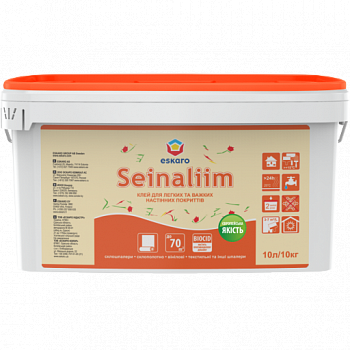
The first strip must be glued strictly vertically, because the quality of further work will depend on this. Therefore, you need to use either a plumb line, or you can start from the window opening, which, unlike the corner, is almost always even. Glass wallpaper must be glued end-to-end, their texture makes the joints of the strips invisible, and after painting the joints are even impossible to find. The wallpaper must be smoothed with a special wallpaper plastic spatula (such as the "wing"), with its help both air bubbles and excess glue are expelled. The canvas should fit snugly against the wall.
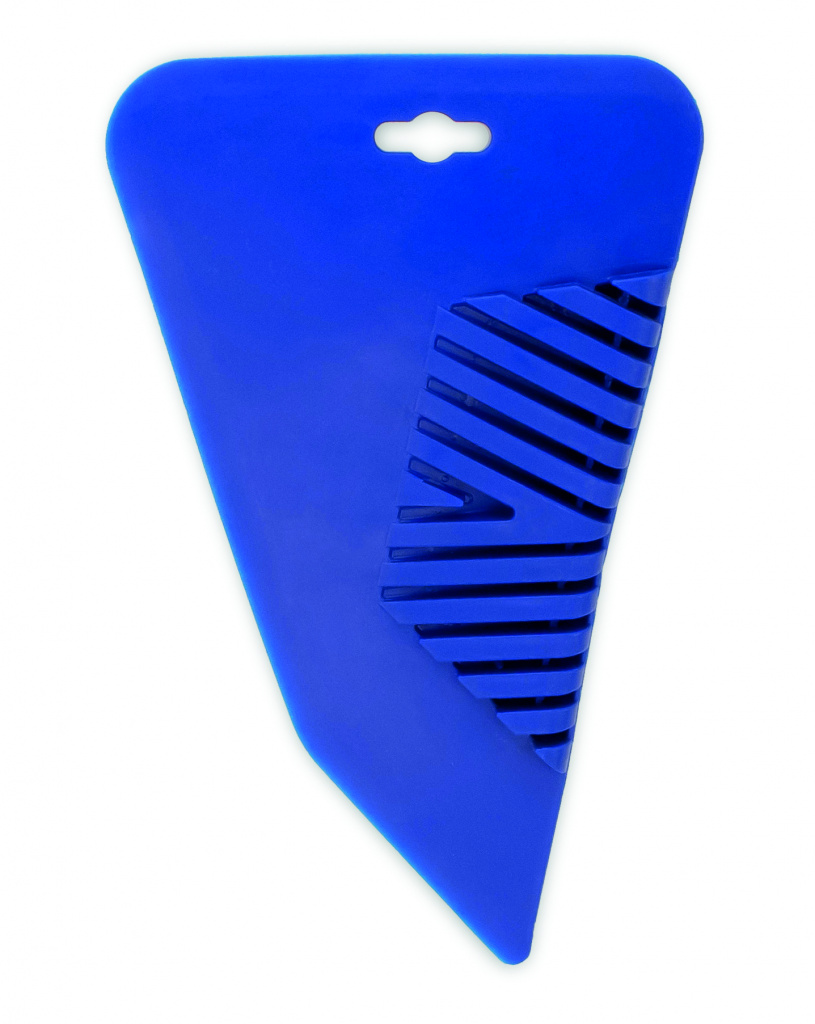
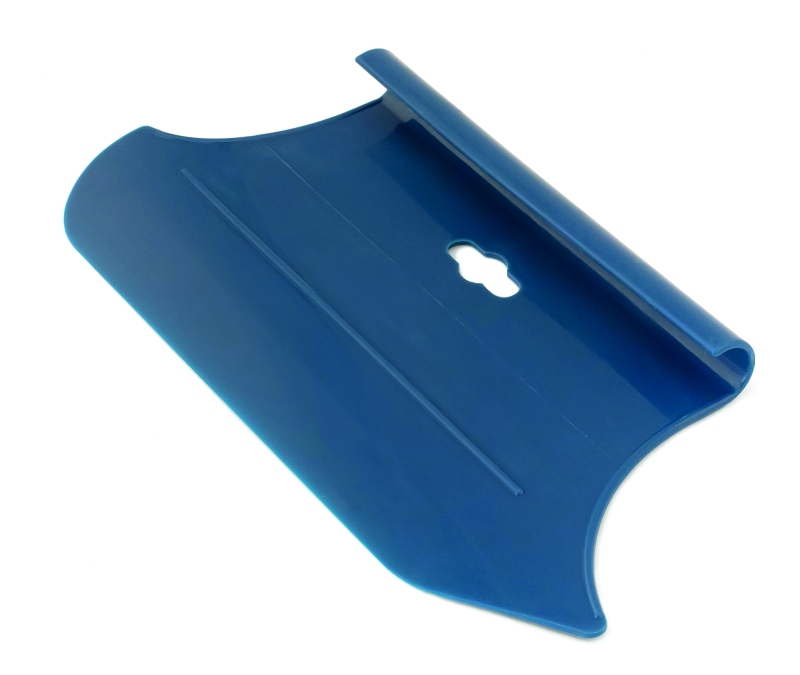
After the strip of wallpaper is securely fixed, it is necessary to remove the allowances that were left for fitting. They are cut with a painting knife on a wide metal spatula or on a special metal wallpaper ruler. 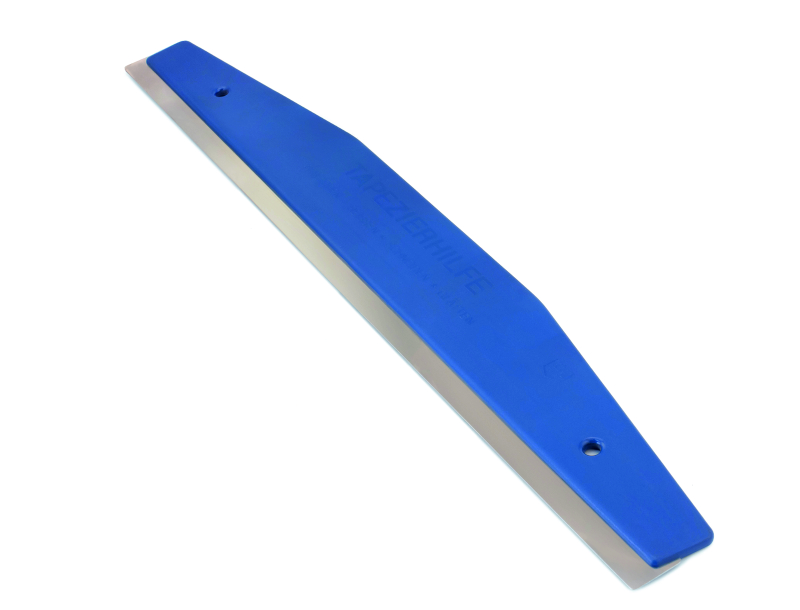
Particular attention should be paid to the corners. If the corners of the room are perfectly even, then the glass wallpaper can be wrapped. For convenience, it is recommended to slightly moisten the canvas at the bend with water, it is enough to run a wet sponge over it several times. If the corners are not ideal, which happens much more often, then you cannot do without a cut. How is this done? A strip is cut out so wide that it can be wrapped around the corner by 3–4 cm. The corner is carefully glued, the canvas at the bend can also be moistened with a damp sponge, but the part of the wallpaper that goes to the other side does not need to be tightly rubbed. Then the whole strip is taken and glued with an overlap. Then a vertical cut is made with a painting knife, which runs exactly along the overlap. The scraps from both canvases are removed, and the joint is rubbed.
After gluing the glass wallpaper, after 1–2 hours, apply another layer of glue on top. This is necessary so that the glass wallpaper is soaked with glue throughout its entire thickness. After 3–5 minutes, remove excess glue from the surface of the glass wallpaper using a plastic wallpaper spatula or a wide metal spatula..
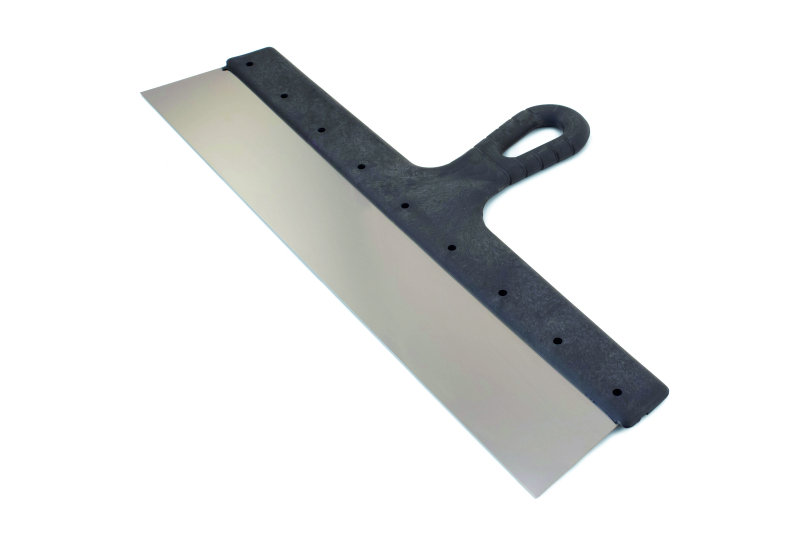
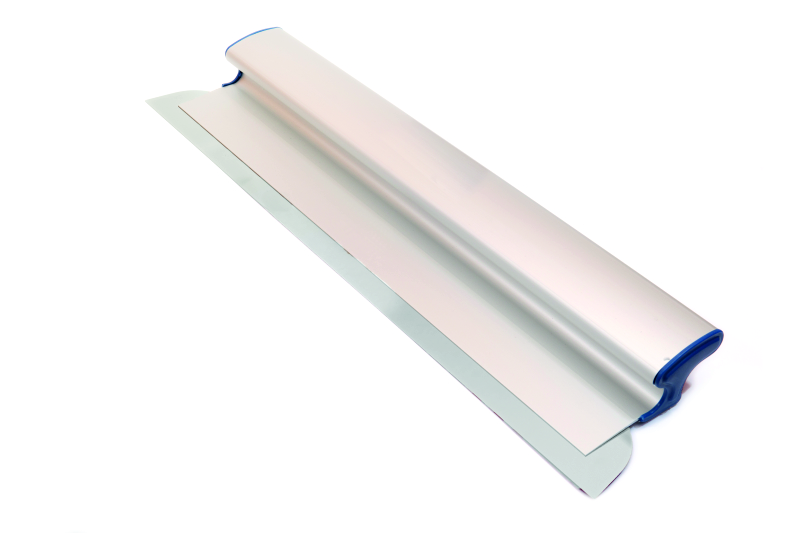
Applying a second layer of glue reinforces the surface of the glass wallpaper and reduces paint consumption. Further surface treatment can be carried out after the glue has completely dried - after 24 hours.
Painting
Wallpaper glued in this way can be painted without additional application of a penetrating primer.
It is necessary to paint in two layers, because one layer will not be enough for uniform distribution of the paint. The second layer of paint can be applied only after the first one has completely dried, but not earlier than after 12 hours.
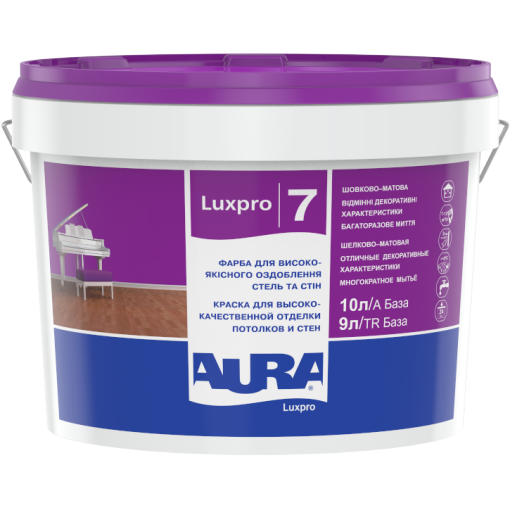
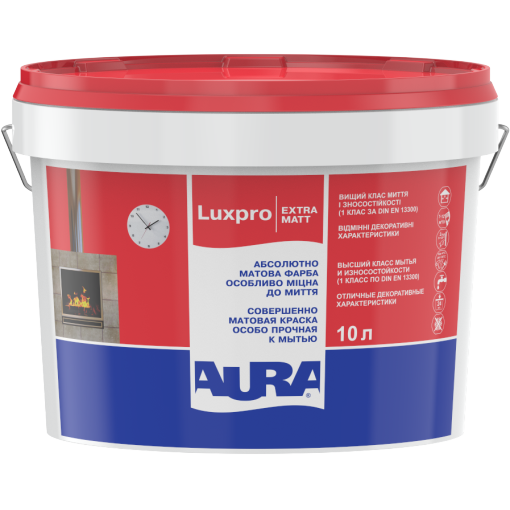
You can change the color of glass wallpaper several times, because their texture allows for multiple repainting..







